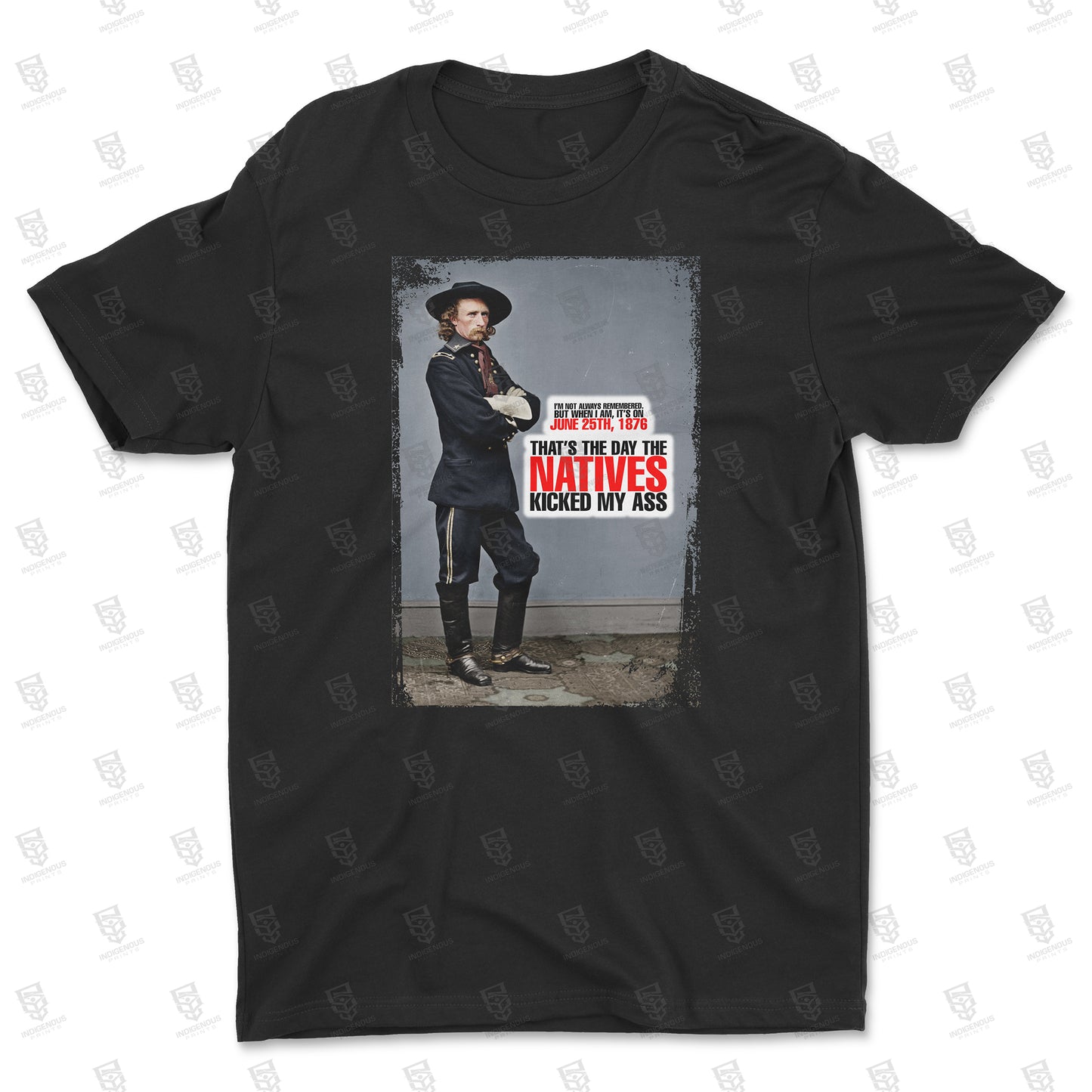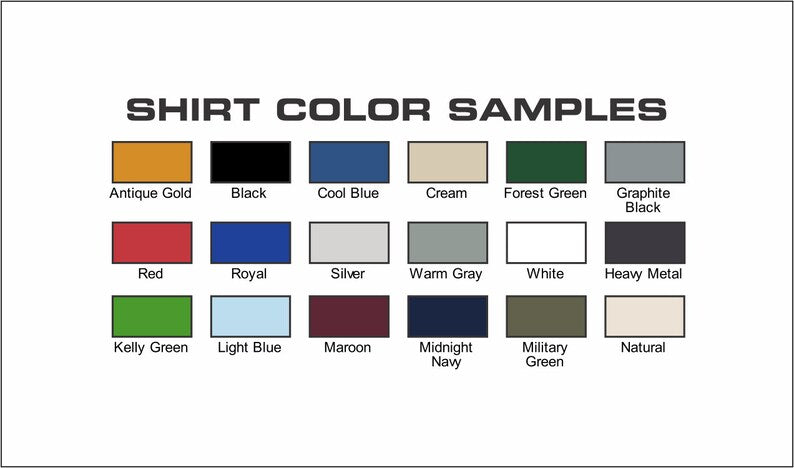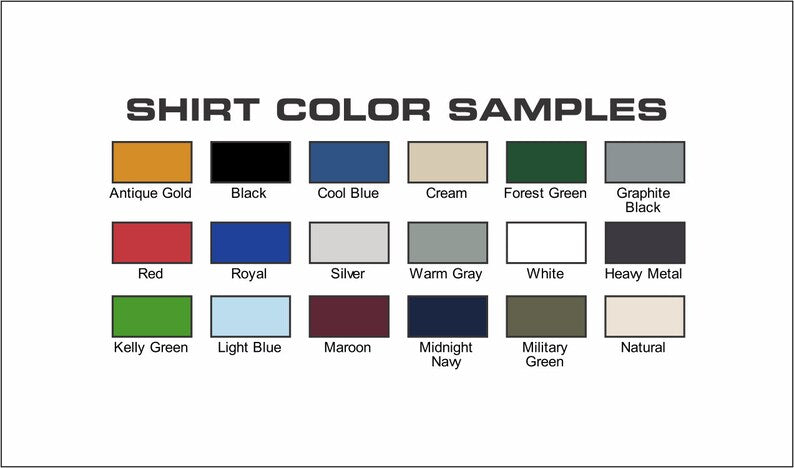Indigenous Prints LLC
Custer - Greasy Grass
Regular price
$25.00 USD
Regular price
Sale price
$25.00 USD
Unit price
per
Shipping calculated at checkout.
Couldn't load pickup availability
On June 25, 1876, Native American forces led by Crazy Horse and Sitting Bull defeat the U.S. Army troops of Lt. Col. George Armstrong Custer in the Battle of the Little Bighorn near southern Montana’s Little Bighorn River.
Crazy Horse and Sitting Bull, Lakota Sioux leaders, strongly resisted the mid-19th-century efforts of the U.S. government to confine their people to reservations. In 1875, after gold was discovered in South Dakota’s Black Hills, the U.S. Army ignored previous treaty agreements and invaded the region. This betrayal led many Sioux and Cheyenne tribesmen to leave their reservations and join Sitting Bull and Crazy Horse in Montana. By the late spring of 1876, more than 10,000 Native Americans had gathered in a camp along the Little Bighorn River–which they called the Greasy Grass—in defiance of a U.S. War Department order to return to their reservations or risk being attacked.
In mid-June, three columns of U.S. soldiers lined up against the camp and prepared to march. A force of 1,200 Native Americans turned back the first column on June 17. Five days later, General Alfred Terry ordered Custer’s 7th Cavalry to scout ahead for enemy troops. On the morning of June 25, Custer drew near the camp and decided to press on ahead rather than wait for reinforcements.
At mid-day, Custer’s 600 men entered the Little Bighorn Valley. Among the Native Americans, word quickly spread of the impending attack. The older Sitting Bull rallied the warriors and saw to the safety of the women and children, while Crazy Horse set off with a large force to meet the attackers head on. Despite Custer’s desperate attempts to regroup his men, they were quickly overwhelmed. Custer and some 200 men in his battalion were attacked by as many as 3,000 Native Americans; within an hour, Custer and every last one of his soldier were dead.
The Battle of the Little Bighorn—also called Custer’s Last Stand—marked the most decisive Native American victory and the worst U.S. Army defeat in the long Plains Indian War.
*****
Disclaimer:
Our shirts are made to order. And printed in the order that they are received. In most cases our turnaround time is 7 to 10 business days. ( Weekends and holidays are not considered business days. ) During times of extreme demand for our products your order could take an extra week.
*****
Fabric:
• 6 oz., 100% cotton, 18 singles
Features:
• Set-in rib collar with shoulder-to-shoulder taping
• Seamless double needle 7/8" collar
• Double-needle sleeve and bottom hem
• Preshrunk to minimize shrinkage
• Tear away label
*** Funds generated from our MMIW orders are donated to "MMIW USA" to help the victims' families. So we have a NO REFUND policy on these items. If you received a damaged item we will send you a replacement. ***
Crazy Horse and Sitting Bull, Lakota Sioux leaders, strongly resisted the mid-19th-century efforts of the U.S. government to confine their people to reservations. In 1875, after gold was discovered in South Dakota’s Black Hills, the U.S. Army ignored previous treaty agreements and invaded the region. This betrayal led many Sioux and Cheyenne tribesmen to leave their reservations and join Sitting Bull and Crazy Horse in Montana. By the late spring of 1876, more than 10,000 Native Americans had gathered in a camp along the Little Bighorn River–which they called the Greasy Grass—in defiance of a U.S. War Department order to return to their reservations or risk being attacked.
In mid-June, three columns of U.S. soldiers lined up against the camp and prepared to march. A force of 1,200 Native Americans turned back the first column on June 17. Five days later, General Alfred Terry ordered Custer’s 7th Cavalry to scout ahead for enemy troops. On the morning of June 25, Custer drew near the camp and decided to press on ahead rather than wait for reinforcements.
At mid-day, Custer’s 600 men entered the Little Bighorn Valley. Among the Native Americans, word quickly spread of the impending attack. The older Sitting Bull rallied the warriors and saw to the safety of the women and children, while Crazy Horse set off with a large force to meet the attackers head on. Despite Custer’s desperate attempts to regroup his men, they were quickly overwhelmed. Custer and some 200 men in his battalion were attacked by as many as 3,000 Native Americans; within an hour, Custer and every last one of his soldier were dead.
The Battle of the Little Bighorn—also called Custer’s Last Stand—marked the most decisive Native American victory and the worst U.S. Army defeat in the long Plains Indian War.
*****
Disclaimer:
Our shirts are made to order. And printed in the order that they are received. In most cases our turnaround time is 7 to 10 business days. ( Weekends and holidays are not considered business days. ) During times of extreme demand for our products your order could take an extra week.
*****
Fabric:
• 6 oz., 100% cotton, 18 singles
Features:
• Set-in rib collar with shoulder-to-shoulder taping
• Seamless double needle 7/8" collar
• Double-needle sleeve and bottom hem
• Preshrunk to minimize shrinkage
• Tear away label
*** Funds generated from our MMIW orders are donated to "MMIW USA" to help the victims' families. So we have a NO REFUND policy on these items. If you received a damaged item we will send you a replacement. ***



